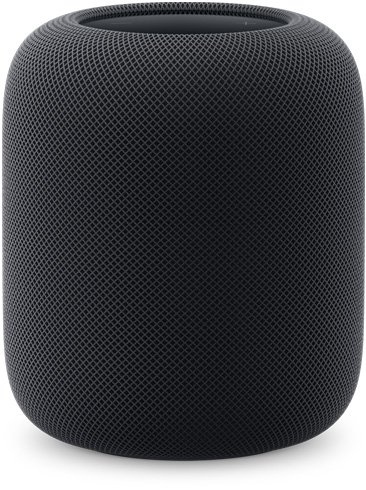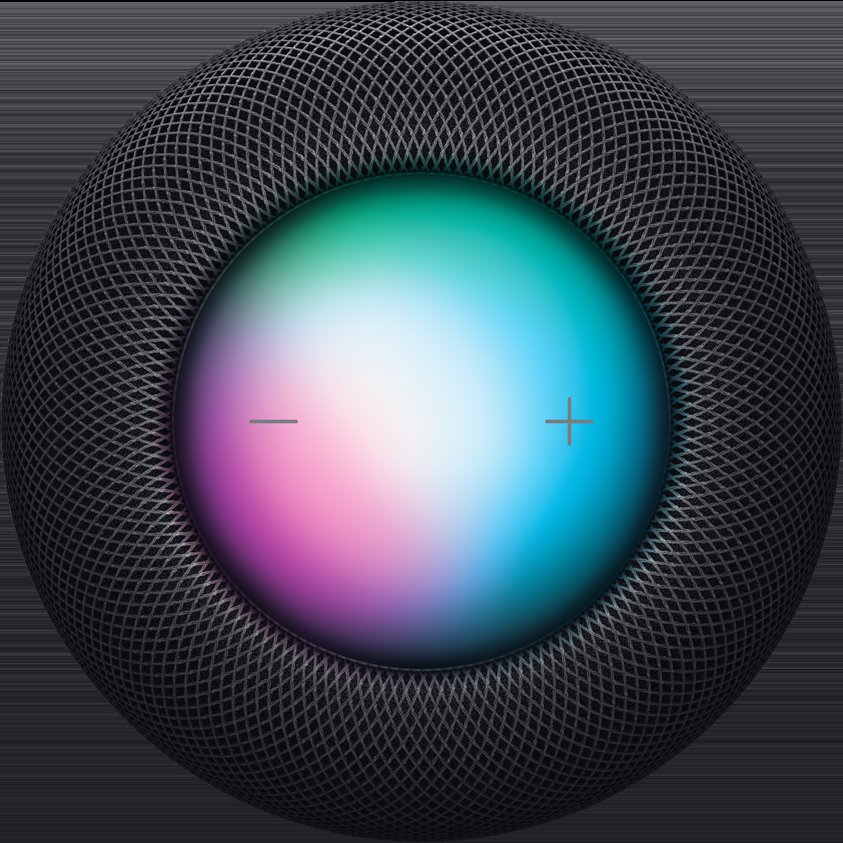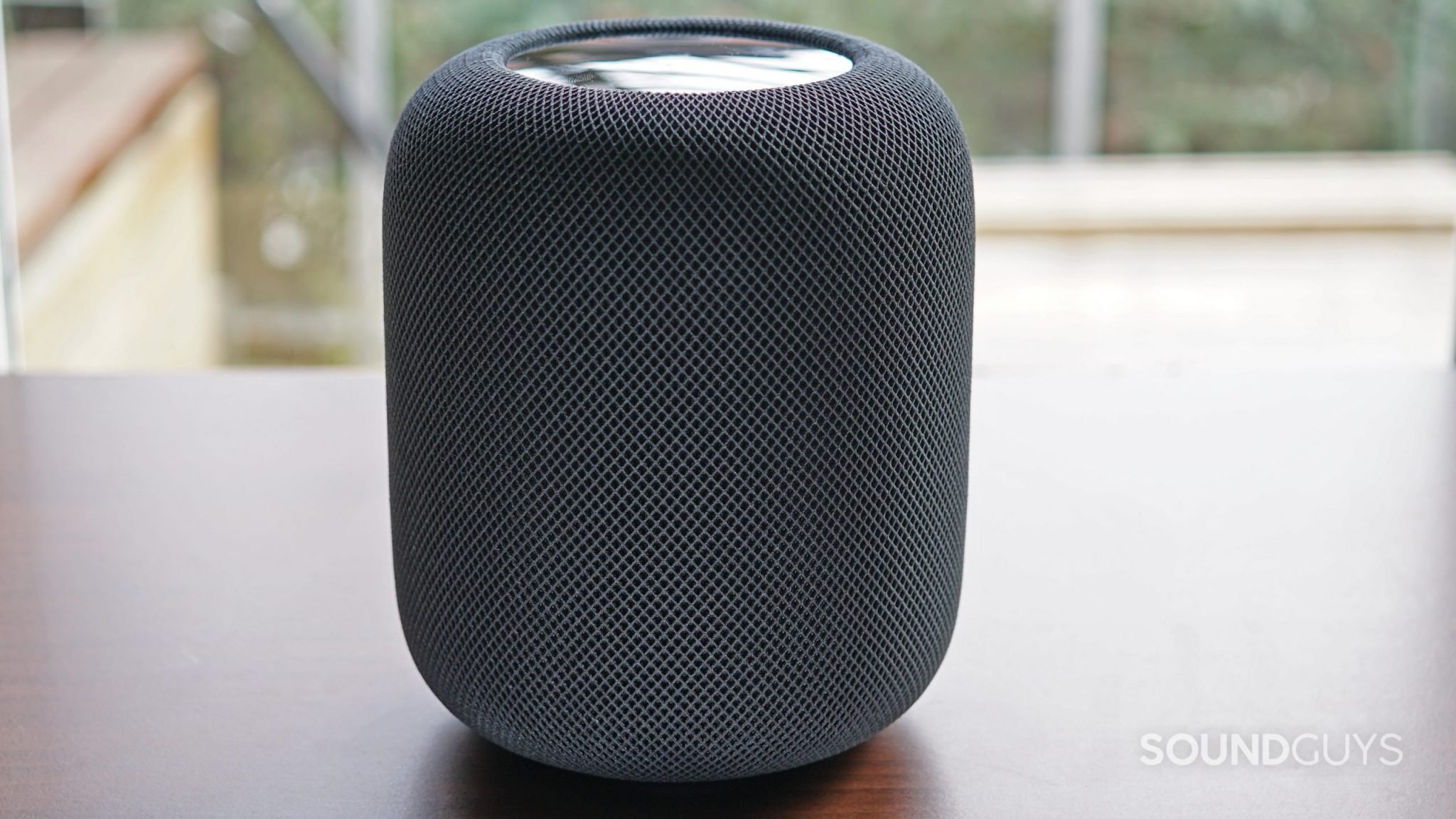Apple HomePod (2nd Gen): A Smart Speaker Grows Up

The original HomePod, despite its sonic brilliance, stumbled out of the gate, hampered by a high price and limited features. The 2nd generation HomePod arrives with a renewed sense of purpose: to deliver premium audio in a smarter, more accessible package. But does it stick the landing? Let’s dive in.
The core of the HomePod’s appeal remains its audio performance. Apple’s computational audio continues to impress, analyzing the room’s acoustics to optimize sound delivery. The result is a rich, full-bodied soundscape with surprisingly deep bass for its size. Vocals are clear and articulate, and the overall presentation is remarkably balanced, suitable for a wide range of musical genres. It fills a medium-sized room with ease, making it ideal for living rooms or bedrooms. While it might not rival a dedicated audiophile system, it offers a significant step up from smaller smart speakers.
Design-wise, the HomePod retains the familiar cylindrical form factor, wrapped in a seamless mesh fabric. It’s understated and elegant, blending effortlessly into most home decors. The touch-sensitive top panel is intuitive to use, allowing for easy volume control and Siri activation. Build quality is, as expected from Apple, exceptional. It feels solid and premium, reassuringly well-crafted.

Siri, while improved, still lags behind the competition in terms of overall intelligence and responsiveness. It’s perfectly adequate for basic tasks like playing music, setting timers, and controlling smart home devices. However, it occasionally misinterprets commands or struggles with more complex requests. Apple’s focus on privacy is commendable, but it comes at the cost of some advanced features offered by other voice assistants. The tight integration with the Apple ecosystem is a double-edged sword. It makes setup and control seamless for iPhone and iPad users, but it’s less appealing to those invested in other platforms.

The inclusion of spatial audio support with Dolby Atmos further enhances the listening experience, creating a more immersive soundstage when paired with compatible content. The HomePod also functions as a HomeKit hub, allowing you to control your smart home devices directly through Siri. The temperature and humidity sensors are a welcome addition, enabling automated smart home routines based on environmental conditions.
However, the lack of Bluetooth audio input is a frustrating omission, limiting its versatility as a general-purpose speaker. And while the price is lower than the original HomePod, it’s still a considerable investment compared to some of its rivals, making the value proposition a little harder to justify, especially if you’re not already deeply entrenched in the Apple ecosystem.
Where to Buy:

Apple HomePod (2nd generation) Quick Summary
Key Scores:
- Value: 90%
- Design: 91%
- Performance: 94%
- Quality: 92%
- Popularity: 90%
Top Pros
- ✅ Audio quality delivers a rich and balanced soundscape with deep bass.
- ✅ Design is elegant and blends seamlessly into various home environments.
- ✅ Integration with the Apple ecosystem makes setup and control simple.
Key Cons
- ❌ Siri still lags behind competitors in overall intelligence and reliability.
- ❌ Lack of Bluetooth audio input limits connectivity options significantly.
- ❌ Price remains relatively high, making the value proposition complex.























